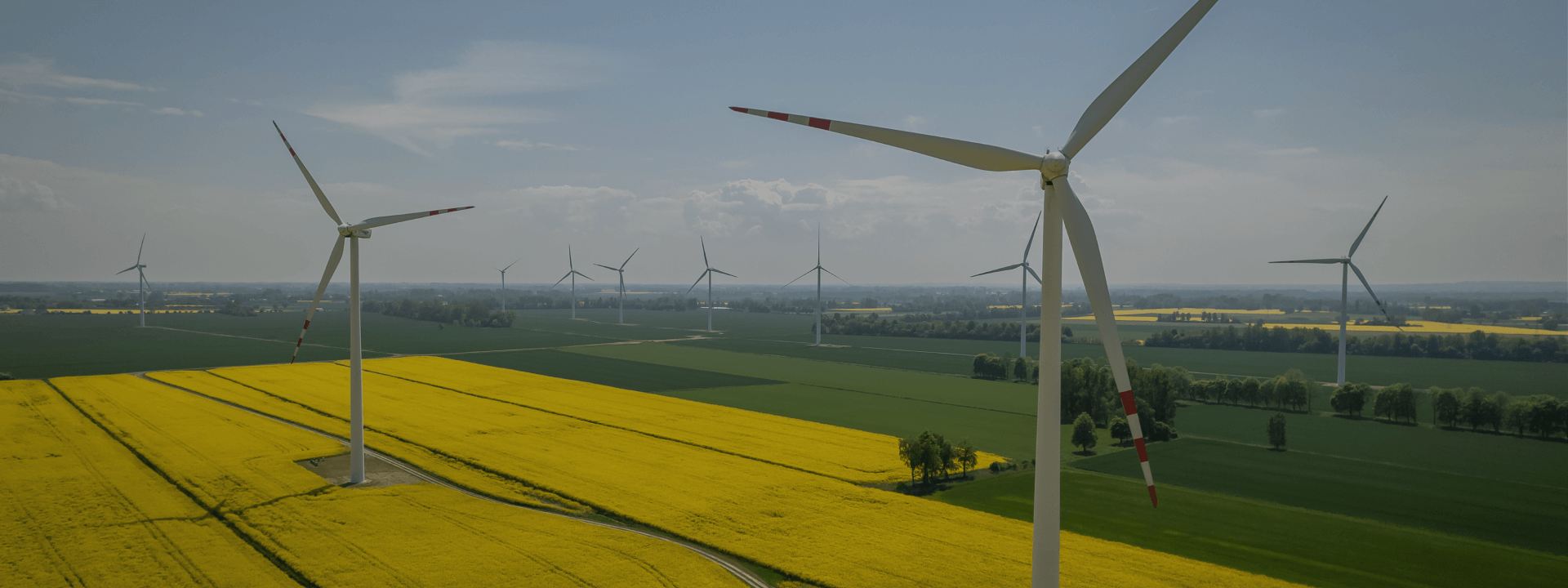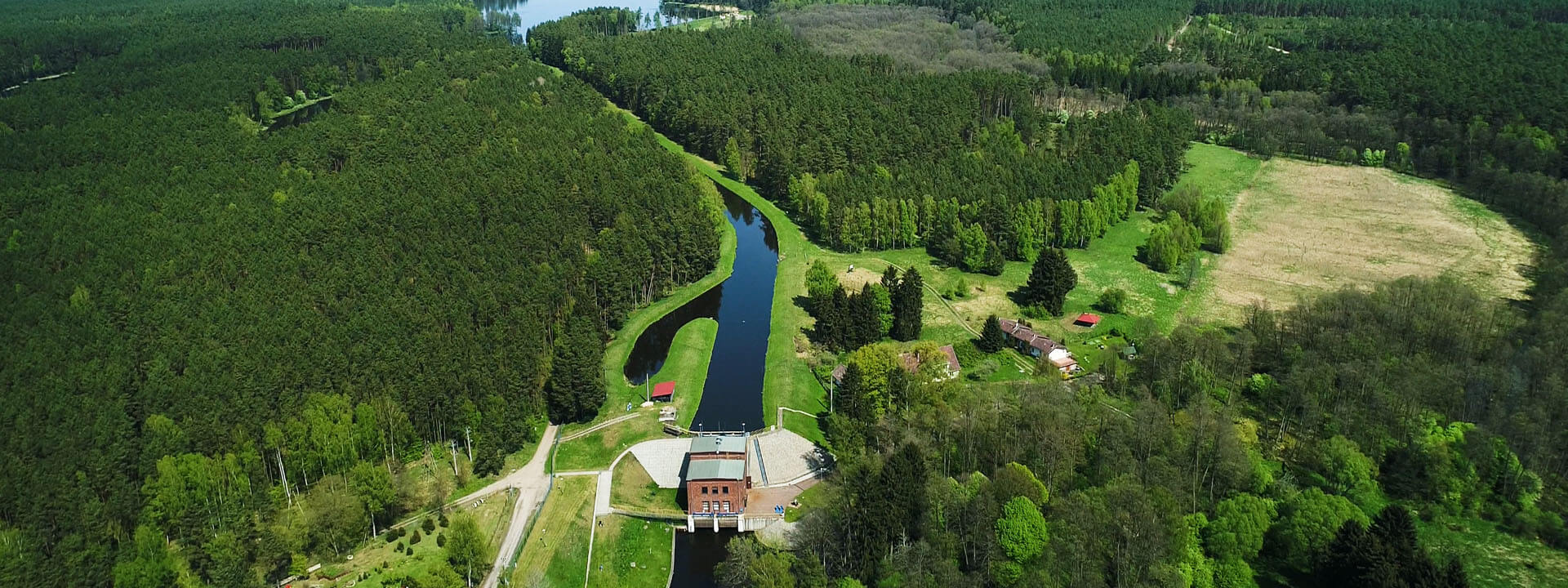ORLEN Group GHG emissions for 2019-2022
The calculations are made in accordance with the GHG Protocol guidelines using the oil & gas industry guidelines.1 Historical data and in some cases estimations were used to determine the Scope 1, 2 and 3 GHG emissions.
For Scope 1, in case of direct emissions for installations covered by emissions trading systems, emission values calculated and declared under the CO2 emission allowances." data-popup>EU ETS and TIER are reported in order to maintain the reporting consistency.
In Scope 2, calculations were made using two methods: location-based and market-based. In the case of the location-based method, country-specific emission factors were used, while in the case of the market-based method, indicators published by specific retailers were used. If the seller did not publish the indicator, the average indicator for the country was adopted (as in the location-based method).
Types of greenhouse gases included in the calculation: CO2, N2O, CH4, HFC.
GHG emissions are consolidated under operational control, including:
- Rafineria Gdańska Sp. z o.o., for which ORLEN is not the operating control entity, but is included in ORLEN S.A.'s financial books and reports.
Organizational boundaries of reported GHG emissions:
- ORLEN Group companies including companies of the former Lotos Group.
- Companies of the former PGNiG Group are not included. The GHG emissions of the former PGNiG Group companies is being calculated. The emissions for the ORLEN Group including the former PGNiG Group companies will be published in December 2023 at the latest.
GHG emission calculations were performed for 2022. The base year (2019) and 2020-2021 were recalculated due to the inclusion of the former LOTOS Group companies within the organizational boundaries of the ORLEN Group. Recalculations were made on the basis of available data. Before the consolidation, Rafineria Gdańska, as the legal successor of LOTOS Asfalt and Rafineria Gdańska, was unable to provide all Scope 3 data for 2019-2021. The calculations were carried out in Scope 1, 2 and 3.
1Compendium of Greenhouse Gas Emissions Methodologies for the Natural Gas and Oil Industry edited by API (American Petroleum Institute) 2nd edition, Petroleum industry guidelines for reporting greenhouse gas emissions edited by IPIECA, API, IOGP 2nd edition.



